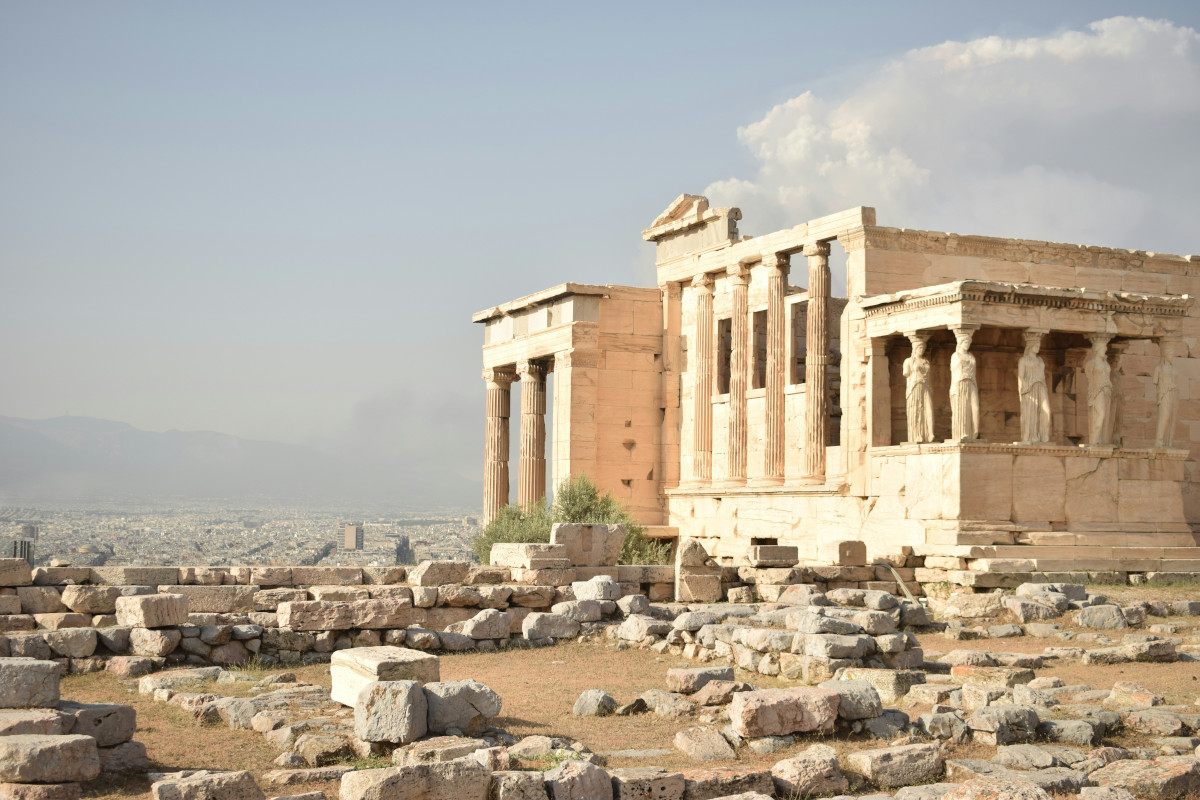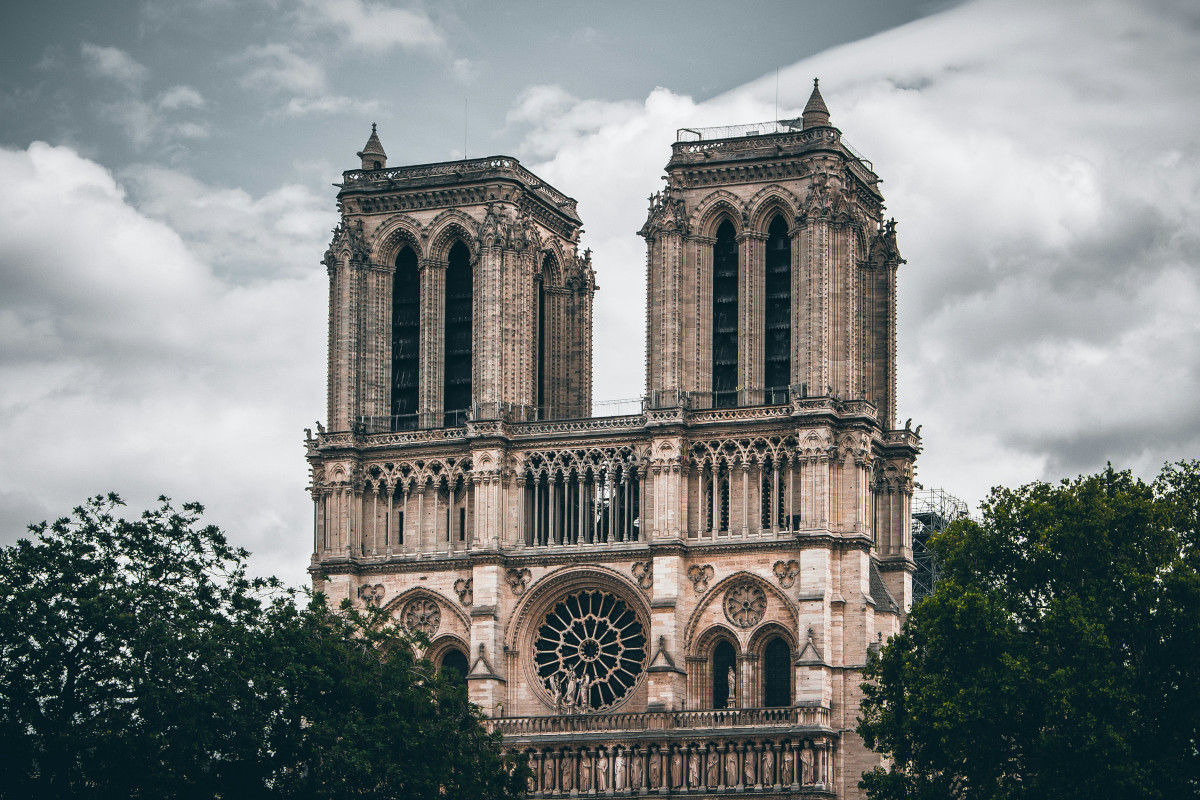
The role AI plays in the restoration and protection of historic buildings
17 of October of 2024
When Rembrandt painted The Night Watch, commissioned by a militia group in Amsterdam, he likely never imagined it would end up being one of his most famous works, nor that his future would be shaped by the vast size of the painting. But that is exactly what happened. In 1715, just seven decades after its creation, the canvas was cropped because it wouldn’t fit through the City Hall’s doors.
Three of the characters disappeared from the painting, and the trimmed edges were lost forever. Luckily a record of the original was kept in the form of small copies conserved in various museums. And now—four centuries later—it has been reconstructed, all thanks to artificial intelligence.
The Operation Night Watch team (who’ve been carrying out an extensive study of this particular Rembrandt painting for years) used more than 10,000 snippets of information taken from the painting itself, copies and historical records. The result is an image as close as possible to that which the artist originally created.
The Rembrandt canvas is just one example of the new opportunities artificial intelligence offers in understanding, restoring and protecting works of art. In recent years, numerous projects tools have been developed to improve the conservation of buildings and infrastructures that form our artistic heritage.
The infinite potential of AI
As the name suggests, artificial intelligence is the intelligence used by machines to perform tasks that—until now—have been the reserve of human skill, such as learning, logical rationing and perception. Thanks to algorithm training, machines can quickly and easily carry out certain tasks in an organized manner.
AI is already being applied in a number of fields such as health, finance and logistics, and now restoration and conservation are getting in on the act. Examples include the way in which AI can identify specific elements of buildings or artistic trends and classify pieces in a collection according to their style or materials.
This is particularly useful in archaeological works, or the restoration of complex sets of monuments such as the Acropolis in Athens. A glimpse of the numbers involved make the scale of the challenge clear: when restoration works began on temples like the Parthenon in the late twentieth century, there were more than 24,000 fragments scattered across the site. Now, thanks to AI, fragments can be identified and organized based on their shape, decorative patterns or materials, completely transforming a task that could only be done manually in the past.

The Erechtheion in the Acropolis surrounded by marble slabs. Ilse Driessen (Unsplash).
Virtual reconstructions and 3D models are other examples of how AI is revolutionizing research into our cultural heritage, using remains to show how works once appeared. The study of our architectural past draws on more than physical remains (like ruins); it also takes into account written sources, illustrations or other references. Again, AI can be harnessed to unify all information and consider all potential variables for a reconstruction.
Identifying risks and threats with AI
On 15 April 2019, the flames and smoke pouring from Notre Dame Cathedral could be seen all over Paris. The fire—probably started accidentally as a result of restoration works inside—caused part of the roof to collapse and damage to several internal areas.
The Notre Dame fire in Paris served to remind us that even the world’s most protected buildings and works of art are vulnerable to threats. And today, many historic buildings are more vulnerable than ever thanks to factors like climate change (which increases the frequency and intensity of extreme weather events such as storms) and pollution.

Notre Dame Cathedral in Paris after the fire. Marcel Strauß (Unsplash)
A number of projects now employ artificial intelligence to carry out preventive building conservation to mitigate the risks of damage caused by severe weather events. One such project, led by Pablo de Olavide University in collaboration with the University of Seville, is behind the Art-Risk tool. The tool analyses the level of conservation, vulnerability and risk of buildings, making it possible to develop more efficient conservation strategies.
It examines factors including environmental risks derived from climate change, the building’s level of use and the characteristics of the surroundings. This software is free to use and perfects its functioning by feeding off users’ contributions.
The HYPERION project is another example. Financed by the European Commission, it develops tools that can help us understand how climate change, geological phenomena such as volcanic eruptions, or just the passage of time can affect archaeological sites or historic buildings.
HYPERION uses all manner of AI-based tools, from drones to satellite images. It has successfully identified, among other things, the presence of impermeable materials (like asphalt or concrete) on parts of infrastructures which could be significantly damaged by flooding.
To date, the HYPERION project has carried out pilot tests from Rhodes in Greece to Tønsberg in Norway, via important cultural assets like Granada in Spain, and Venice in Italy. These initiatives demonstrate the extent to which artificial intelligence is transforming the way we understand and protect our architectural and artistic heritage forever.





There are no comments yet